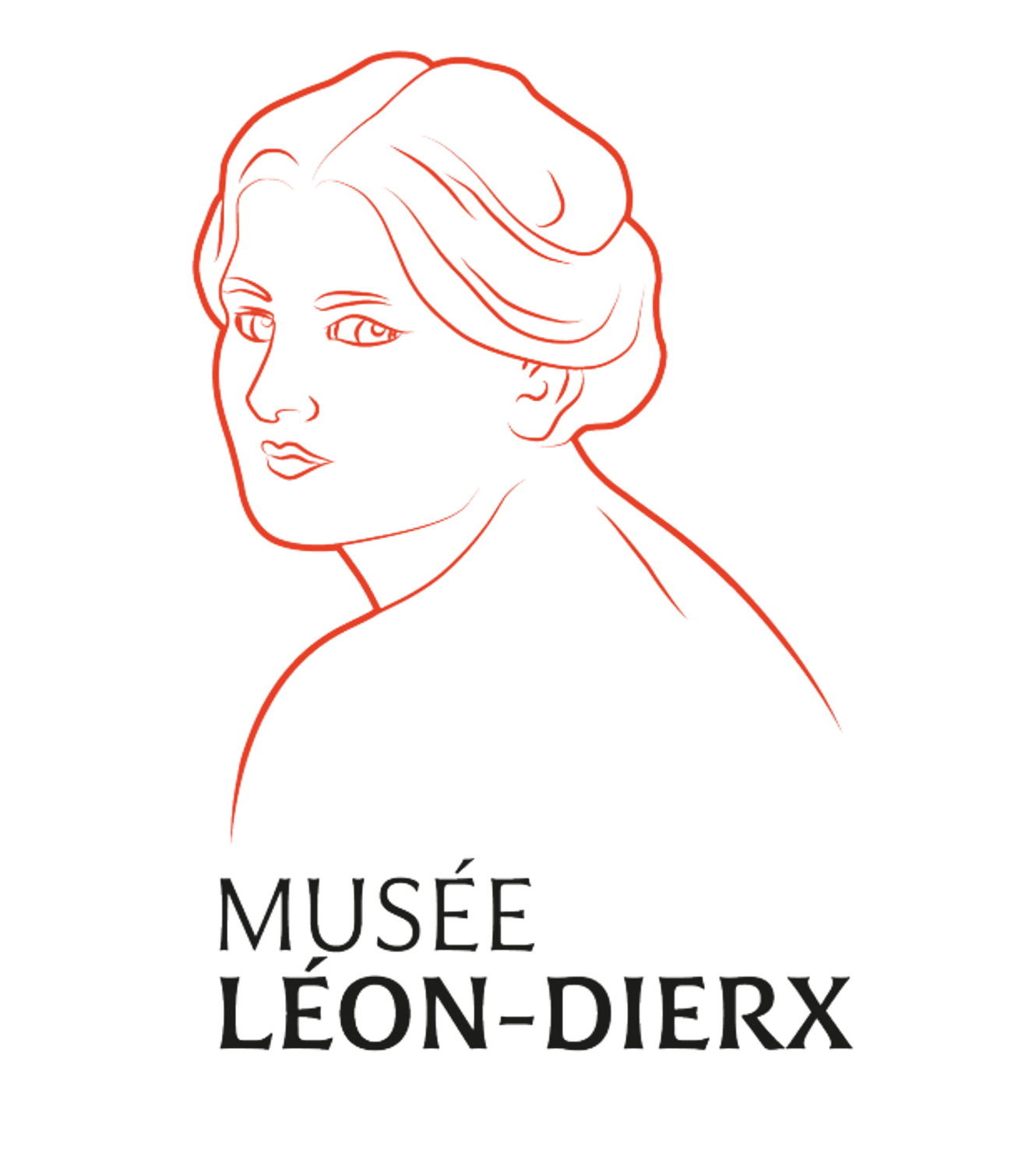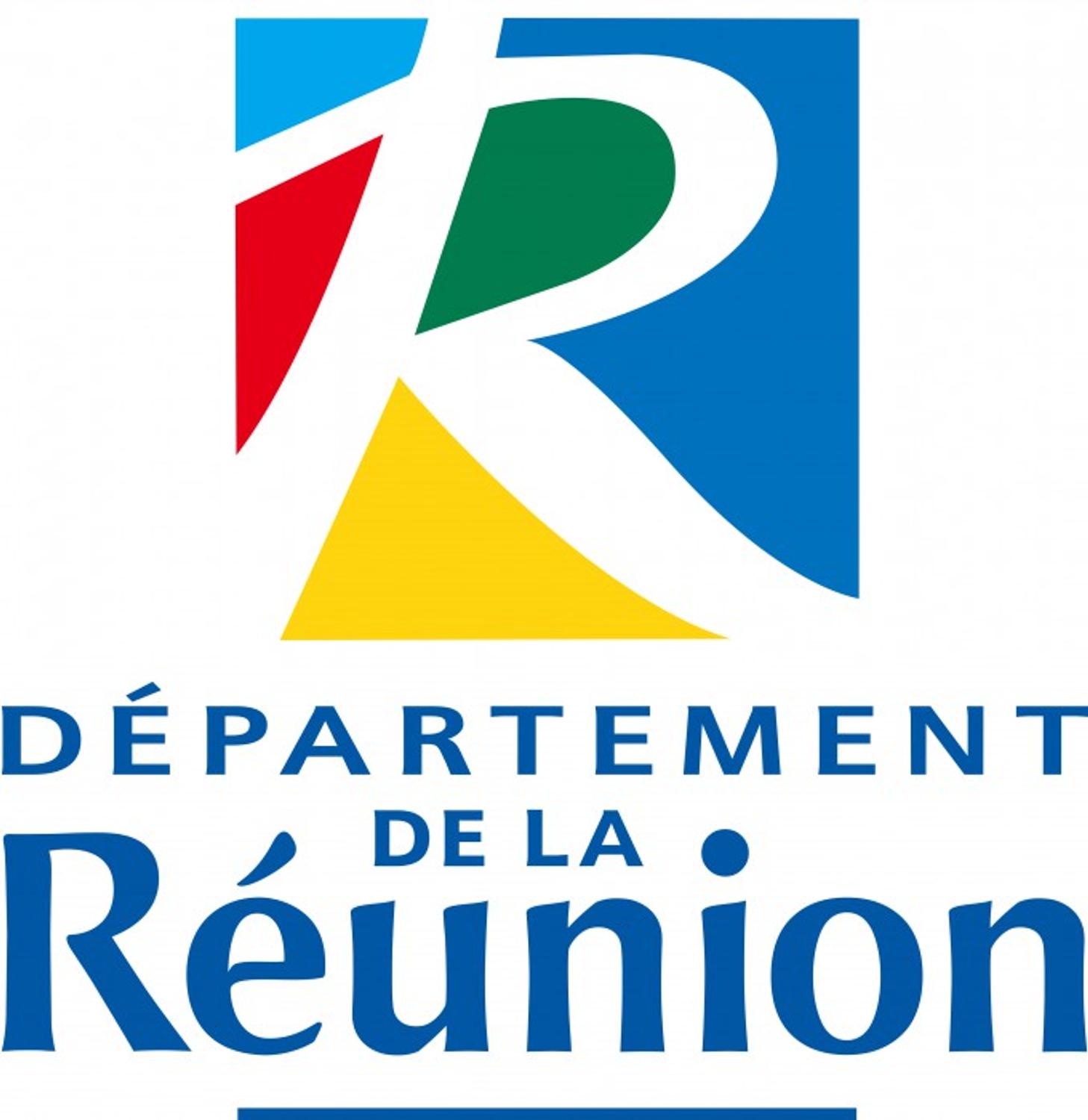LES CHEFS-D'OEUVRE DU MUSÉE : Georges MICHEL
Georges MICHEL
Paris, 12 Januar 1763 – Paris, 7 June 1843
Georges Michel’s artistic career remains a mystery. He declared he had been a pupil of Nicolas-Antoine Taunay, with whom he sometimes collaborated, Michel painting the landscape and Taunay the figures. Later, he earned a living restoring paintings, teaching drawing and producing copies of Dutch 17thcentury landscapes for the art dealer Lebrun, husband of the portrait painter Mme Vigee-Lebrun. In 1813, he opened a shop selling curios, furniture and pictures, which he kept until 1820.
He first exhibited his work at the Salon libre of 1791, when one of his landscapes was compared to a painting by Ruysdael, a 17thcentury Dutch landscape painter. An analysis of the catalogues of this particular annual artistic event in Paris indicates that for over 20 years he exhibited landscapes with or without figures, nearly all of which were inspired by Paris and the surrounding countryside.
During the 1830s, he was taken under wing of the Baron of Ivry, an amateur painter who became his sponsor. Ivry then replaced him by the young Jules Dupré, who introduced Georges Michel to the Barbizon painters. He died totally unknown at the age of 80, but was rediscovered by the Impressionist art dealer Paul Durand-Ruel, who promoted his work in France and in Europe, contributing to his becoming an important 19thcentury landscape painter.
Averse sur la Plaine Saint-Denis (Shower of rain over the plain of Saint-Denis), Georges MICHEL
1820-1830
Oil on canvas
75,5 x 105,5 cm
Inv 1912.01.25
Paris and the surrounding region, notably the plains and hills to the north of Paris, were among George Michel’s favourite haunts and became the subject of many of his paintings. At the time these were rural areas that later became swallowed up by 19thcentury urbanisation.
Michel’s works were not painted on location, but were produced from a large number of little sketches he made when out in the countryside, noting his impressions of light and perspective.
The technique applied by Georges Michel remains very classical, the compositions produced in his studio all following the same pattern: one third of landscape and two thirds of sky. Also, Michel often painted storms or tempests.
The chiaroscuro in the landscape, inspired by 17thcentury Dutch landscapes, contributes to the rather disturbing atmosphere of the painting. The landscape has a presence, a force, strongly contrasting with the small size of the man and placing the work of Michel within the Pre-Romantic current.
His free brushstrokes, here visible between the large strokes used for the grey sky or the rust-coloured leaves of the trees, treated with great energy, apply harmonies of grey, white and earth colours, the dominant hues of the painter’s palette.
Nicknamed the "Ruysdael of Montmartre", for many critics George Michel remains the only representative of the Nordic Romantic movement, equivalent to the English painters Constable or Bonington.







